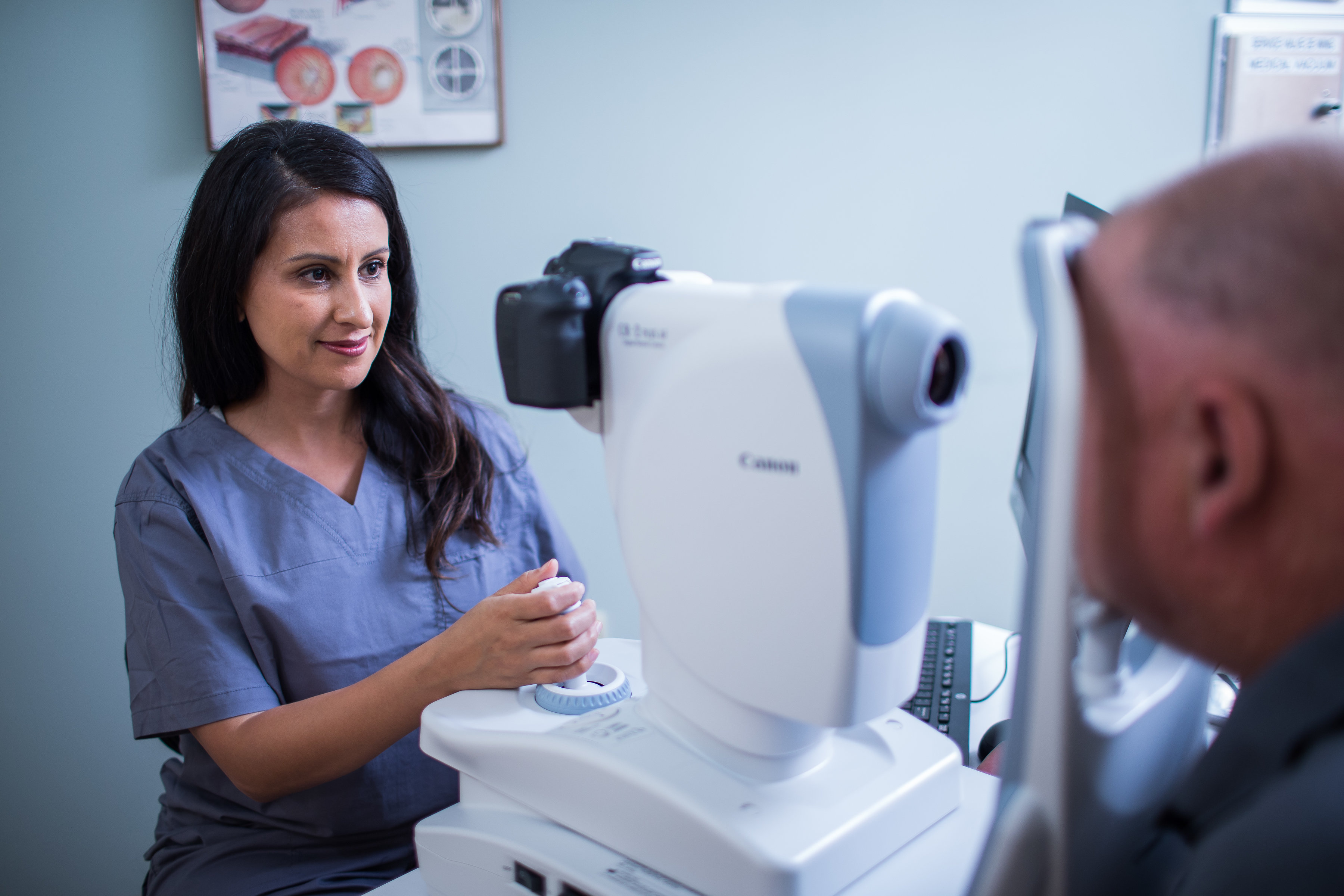Discover a Neurologist in Andalusia: Specialized Clinics and Care Providers
Discover a Neurologist in Andalusia: Specialized Clinics and Care Providers
Blog Article
The Pros and Disadvantages of Various Refractive Surgical Procedures for Boosted Eyecare

LASIK Surgical Treatment
LASIK surgical treatment is a commonly done refractive procedure that aims to remedy vision issues such as nearsightedness, farsightedness, and astigmatism. This surgical method has actually obtained popularity because of its efficiency in giving patients with clearer vision and lowering their dependency on glasses or call lenses. During the procedure, a thin flap is developed on the cornea, and a laser is utilized to improve the underlying tissue, correcting the refractive mistake. The flap is after that repositioned, enabling for fast healing and marginal discomfort for the individual.
One of the key benefits of LASIK surgery is the rapid enhancement in vision experienced by numerous patients. It is essential for people considering LASIK surgery to undertake a complete examination by an eye treatment professional to determine if they are ideal candidates for the treatment.
PRK Treatment
The PRK treatment, additionally referred to as Photorefractive Keratectomy, is a kind of refractive surgery that intends to remedy vision issues comparable to LASIK surgical procedure. Unlike LASIK, which includes producing a flap in the cornea, PRK deals with the surface area layer of the cornea. Throughout the PRK treatment, the external layer of the cornea, called the epithelium, is removed to enable improving of the underlying corneal tissue with an excimer laser. This reshaping aids to remedy refractive mistakes such as farsightedness, astigmatism, and nearsightedness.
One of the benefits of PRK over LASIK is that it gets rid of the threat of flap-related complications since no flap is produced throughout the surgery. Regardless of the longer healing duration, PRK can be an appropriate option for people looking for vision modification surgical procedure.
SMILE Surgical Procedure
An advanced refractive surgery strategy acquiring appeal in the area of ophthalmology is SMILE Surgical treatment. Little Cut Lenticule Extraction (SMILE) is a minimally invasive procedure that deals with vision by reshaping the cornea using a femtosecond laser. Unlike standard LASIK surgery, SMILE Surgical procedure entails producing a tiny incision in the cornea to remove a lenticule, which causes much less disruption to the corneal framework and potentially faster healing times.
Among the primary benefits of SMILE Surgical treatment is its capacity to treat myopia (nearsightedness) and astigmatism with high precision, resulting in excellent aesthetic end results for patients. The minimally intrusive nature of the procedure additionally minimizes the threat of issues such as completely dry eye disorder, making it a positive option for people seeking refractive surgical treatment.

LASEK Method
Having checked out the advantages and considerations of SMILE Surgical treatment, another noteworthy refractive surgical treatment strategy worth analyzing is the LASEK Strategy. LASEK, which means Laser-Assisted Subepithelial Keratectomy, is a form of laser eye surgical procedure that intends to remedy refractive errors such as myopia (nearsightedness), hyperopia (farsightedness), and astigmatism.
Unlike LASIK, LASEK does not entail creating a corneal flap. Rather, during a LASEK procedure, the doctor utilizes a watered down alcohol service to loosen up the thin outer layer of the cornea, understood as the epithelium.
One of the main advantages of LASEK is that it can be suitable for individuals with slim corneas who may not be excellent prospects for LASIK. Additionally, LASEK generally results in marginal post-operative discomfort and a quicker recuperation time contrasted to PRK. However, the visual healing process with LASEK may be a little longer than with LASIK.
Implantable Get In Touch With Lenses
Implantable Contact Lenses use a long-term vision improvement option for individuals looking for an alternative to traditional call lenses or glasses. These lenses, likewise recognized as phakic intraocular lenses, are surgically put into the eye to correct refractive mistakes such as myopia (nearsightedness), hyperopia (farsightedness), and astigmatism. andalusia pediatrics. Unlike conventional contact lenses that rest on the surface area of the eye, implantable contact lenses function within the eye itself, supplying clear vision without the original site need for everyday upkeep or removal
One of the crucial advantages of implantable contact lenses is their durability. When put, they can stay in the eye forever, offering secure and consistent vision adjustment. Furthermore, these lenses can be an outstanding choice for individuals who are not good candidates for laser eye surgical procedure or that favor a relatively easy to fix vision correction treatment.
However, implantable get in touch with lenses do carry some risks, including the capacity for cataracts or increased eye stress. It is vital for individuals considering this option to consult with an eye care specialist to establish if implantable get in touch with lenses are the best selection for their specific needs and eye wellness.
Verdict
Finally, each sort click to investigate of refractive surgery has its own benefits and disadvantages. LASIK surgical treatment is preferred for its fast recuperation time, while PRK treatment may appropriate for people with slim corneas. SMILE surgery supplies marginal pain during the procedure, but LASEK method may have a longer healing procedure. Implantable get in touch with lenses provide a choice for those who are not suitable candidates for typical surgeries. People ought to talk to their eye treatment company to figure out the finest option for their private demands.

On The Whole, SMILE Surgical procedure offers an appealing option for individuals looking to boost their vision through refractive surgical treatment.
Report this page